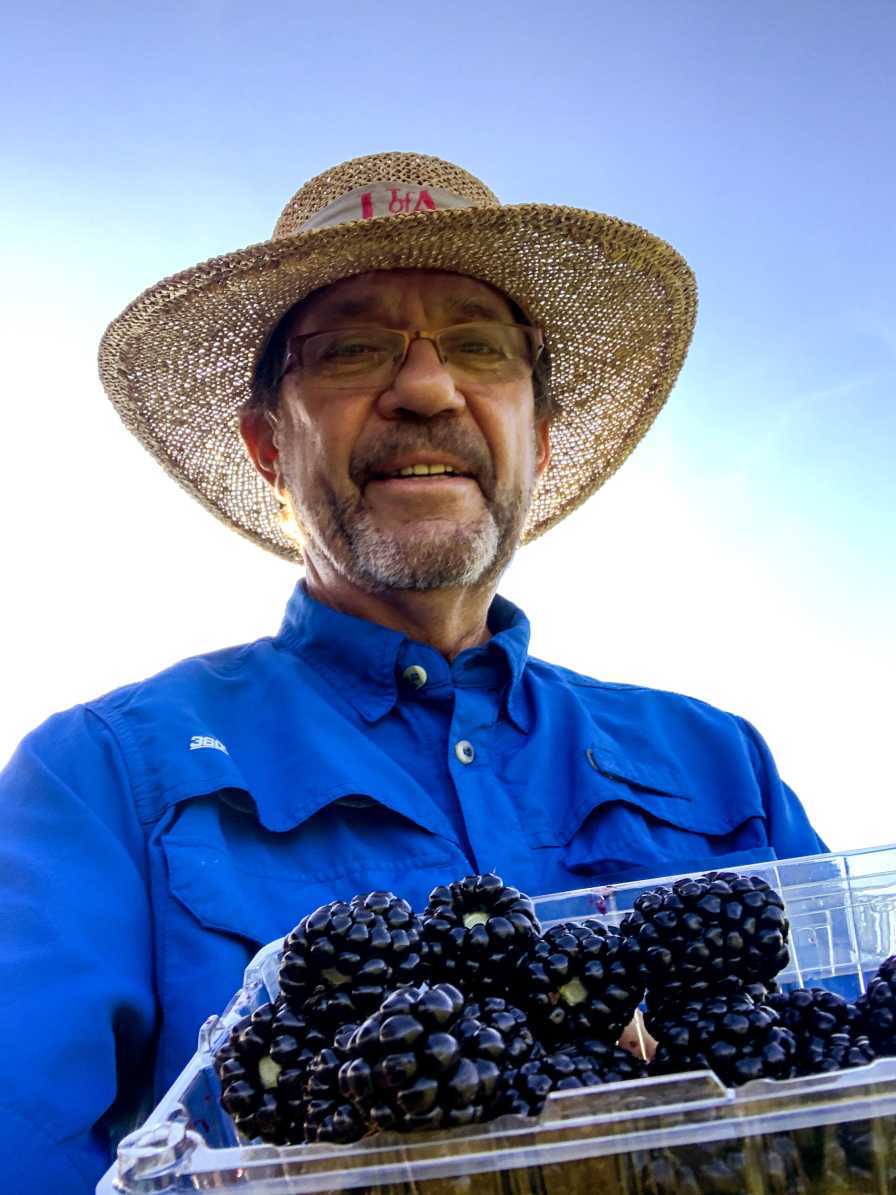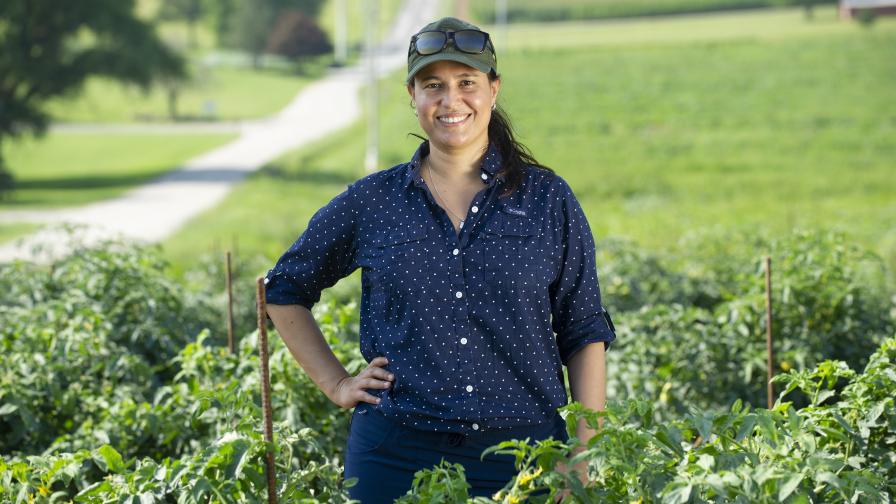What are the Major Influences on Berry Flavor?
In a previous article, I shared thoughts on berry flavor. I indicated that I believe emphasis on flavor is one of our major opportunities in increasing berry consumption in the coming years. I described major flavor components including sweetness, tartness (sour), aromatics (and associated flavor compounds), and bitterness. In this discussion, I will share thoughts and experiences in factors that influence flavor.
GENETICS
If a berry plant does not have the genes for optimum flavor, no other factors can overcome this limitation. Genetics control many aspects of flavor, although flavor traits are not always easy to breed for as they are affected by environment, plant health, and other factors. I remember increasing my efforts toward flavor more than 20 years ago in blackberry breeding, in crossing specifically the best-tasting parents in the University of Arkansas breeding program.
I distinctly recall one cross where I recognized that almost all the progeny had great flavor, but berry size was limiting. This required selecting excellent-flavored plants, and then crossing with larger-sized parents to recover improved flavor combined with large berries. That sounds quite simple, but two generations of improvement can take up to 10 years, which requires both patience and focus. However, with flavor as a key focus, I now see that, 20-plus years later, the overall flavor profile of Arkansas blackberries has improved.
The same genes do not control all flavor traits. For instance, genes controlling high sweetness or low acidity are not the same as those that contribute to desirable aromatic content. Therefore, this involves putting together a lot of genetic components to make great flavor. Fortunately, this can be done with long-term commitment to flavor in breeding.
ENVIRONMENT
I continue to learn about environmental effects on flavor, even after working for 40 years in fruit breeding. It seems that every year or two I have an eye-opening experience regarding interaction of flavor with the environment. Temperature, rainfall, sunlight, and other factors can have profound effects.
One of my most striking experiences was in Arkansas in 2018, when there was no rainfall during the first three weeks of blackberry season (in June). I don’t recall this ever happening prior, and the berries were the best they had ever been! The levels of sweetness plus aromatics were almost hard to believe. Then, after three dry weeks, substantial rain occurred. The berries were subjected to cloudy conditions and prolonged periods of being wet. Many varieties continued to have good flavor, but some lost substantial sweetness and overall flavor. This was good in breeding to identify the genotypes with sustained flavor.
I remember some years back evaluating Arkansas-derived blackberry breeding populations in Chile, a dry climate with warm days and cool nights during the harvest season. I had never experienced the degree of flavors produced by the Arkansas genetics in both the level of sweetness and aromatic profile. Why? The conditions in Chile were more conducive for optimum flavor from a temperature, sunlight, and moisture standpoint. This experience revealed flavor potential in the same genetic background beyond those identified in Arkansas’ environment. This was due to constraints of the environment, including high day and night temperatures and rainfall.
PLANT MANAGEMENT
Healthy plants make high-quality berries. In my experience with breeding berries, I have learned it is paramount to understand how important plant health is to flavor. I look for sustained leaf health that does not have disease or physiological limitations mainly, as well as other components of health potential.
One of my most important pieces of advice to growers is to start with healthy nursery stock. Poor health due to viruses, diseases, or limiting nursery conditions can have a negative impact before any berries are even produced. Likewise, site selection and preparation can have significant effects on the life of a planting. Disease control, nutrition, training, pruning, and other management components are critical to grower success. The plants we grow are much like us; they perform best with reduced stress.
Crop load can also have tremendous effects on flavor. As we work to breed and produce crops with increased yield, we have to keep in mind the management of the plant to balance crop load. Strawberries, for instance, require little to no crop load management. But caneberries usually require annual pruning for balancing crop potential. In 2007, I released ‘Natchez,’ a blackberry variety. I have experienced it having anywhere from excellent to terrible flavor, even on fully mature (ripe) berries, primarily due to crop load. It will simply over-crop to the point that berries have no sweetness.
MATURITY
Aside from genetics, I believe maturity impacts flavor the most. It does not matter the berry crop; fully mature berries taste the best. However, fully mature berries often do not have the postharvest storage potential to arrive on commercial market shelves. This is where pick-your-own and local market growers have substantial advantages. Harvesting at the optimum stage for both flavor and postharvest handling can be very tricky, and harvest personnel must be educated on how to achieve this. Again, variety, growing conditions, and other factors all interact with maturity to make a great-tasting berry.
POSTHARVEST
Even if everything is done correctly — the best variety, grown in good conditions, excellent plant management, harvested at the optimum stage — the handling of the fruit after harvest can undo all the good that comes before. Major factors include storage temperature, maintaining the cold-chain in handling, and length of storage. I am amazed at the variation in quality, particularly in imported berries, primarily due to shipping time from the producing country.
What is the best news we have as berry growers and marketers today? We have the best genetics, management, production knowledge, postharvest handling capabilities, and markets we have ever had. We need to continue to take advantage of these assets, and continue to improve them as we build good experiences for berry consumers.










